Video summary
Two young coders and science presenter Minna Kane meet an amateur photographer who uses a helium balloon to carry a Raspberry Pi computer, webcam and radio transmitter high enough to take pictures of the curve of the Earth.
Dave holds the world record for the highest photograph ever taken by an amateur, and shows the children how he’s programmed a tiny very basic Raspberry Pi computer to tell the webcam when to take photos, and the transmitter when to send them back to Earth.
They help him pack the hardware into a box with a GPS tracker, and attach it to a helium balloon that will carry the camera above the clouds.
He explains how the resolution of the pictures affects the amount of data the transmitter can send back, so he uses a lower resolution to get the pictures back quickly.
We see the looped code that tells the camera to take a photo every 30 seconds, the transmitter to send the image, and the GPS tracker to keep updating the location.
The program tells Dave when the balloon has burst, and the young coders help direct him to the field where his hardware has landed, using the GPS tracker.
This clip is from the series Cracking the Code.
Teacher Notes
Could be used as an illustration of designing and writing programs to accomplish specific goals.
It is also a good example of working with various forms of input and output.
This clip will be relevant for teaching Computing at KS1 and KS2 in England and Northern Ireland, Design and Technology KS2 in Wales and Computing Science and ICT at Second Level in Scotland.
Computing KS1 / KS2: Programming a robot crocodile. video
A class builds a Lego crocodile and use Raspberry Pi computers and the Scratch programming language to make it snap its jaws!
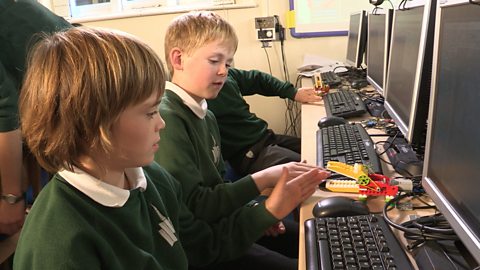
Computing KS1 / KS2: Creating a simple automated driving simulator. video
A car sprite is programmed to move around a racing track using repetition and selection.
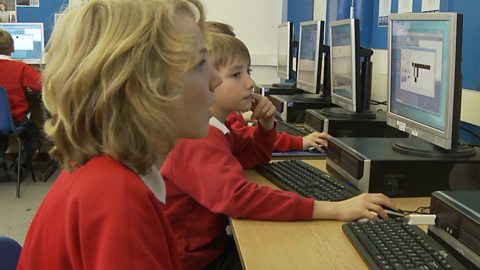
Computing KS1 / KS2: Creating computer generated visual effects. video
How visual effects in film and television use programs to control CGI behaviour.
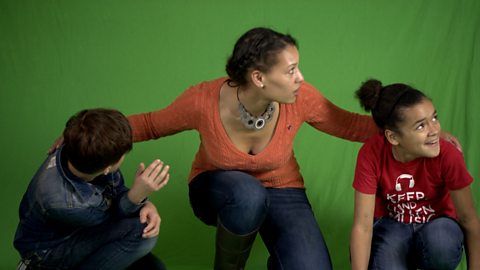
Computing KS1 / KS2: Programming a computer game. video
Schoolchildren create their own simple games using on screen sprites.

Computing KS1 / KS2: Programming a robotic toy car. video
A toy car is programmed to move between two locations on a town plan.
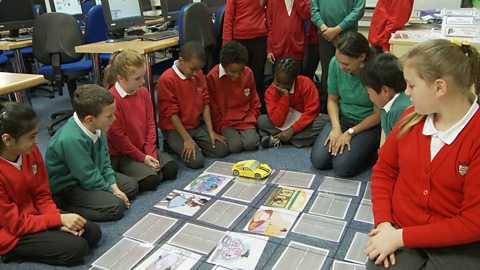
Computing KS1 / KS2: Programming robots to play football. video
How robots can be programmed to respond to what they see, by simplifying situations.

Computing KS1 / KS2: Simulating the experience of F1 racing. video
How realistic, computer-controlled racing simulators are used for training F1 drivers.
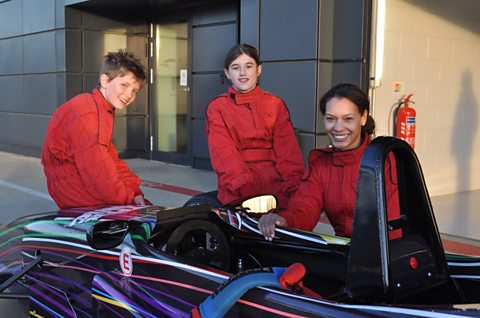
Computing KS1 / KS2: What are bitmap graphics? video
Schoolchildren create large bitmap images using black and white coloured squares.
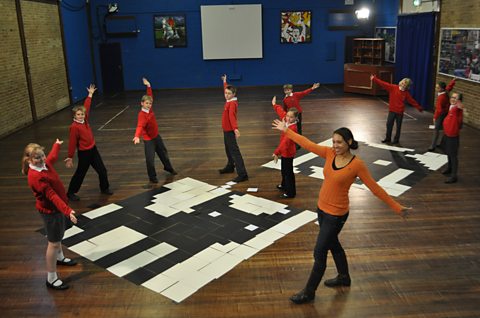
Ěý